Original Source: https://www.smashingmagazine.com/2019/08/pitching-writing-publications/
Pitching Your Writing To Publications
Pitching Your Writing To Publications
Rachel Andrew
2019-08-19T14:00:59+02:00
2019-08-20T11:35:37+00:00
Recently, I had a chat with Chris Coyier and Dave Rupert over on the Shoptalk Podcast about writing for publications such as Smashing Magazine and CSS-Tricks. One of the things we talked about was submitting ideas to publications — something that can feel quite daunting even as an experienced writer.
In this article, I’m going to go through the process for pitching, heavily based on my own experience as a writer and as Editor in Chief of Smashing. However, I’ve also taken a look at the guidelines for other publications in order to help you find the right places to pitch your article ideas.
Do Your Research
Read existing articles on the site that you would like to write for. Who do they seem to be aimed at? What tone of voice do the writers take? Does the publication tend to publish news pieces, opinion, or how-to tutorials? Check to see if there are already other pieces which are on the same subject as your idea, i.e. will your piece add to the conversation already started by those articles? If you can show that you are aware of existing content on a particular subject, and explain how you will reference it or add to that information, the editor will know you have done some research.
Research more widely; are there already good pieces on the subject that an editor will consider your piece to be a repeat of? There is always space for a new take on an issue, but in general, publications want fresh material. You should be ready to explain how your piece will reference this earlier work and build upon it, or introduce the subject to a new audience.
A good example from our own archives is the piece, “Replacing jQuery With Vue.js”. There are a lot of introductions to Vue.js, however, this piece was squarely aimed at the web developer who knows jQuery. It introduced the subject in a familiar way specifically for the target audience.
Find The Submission Guide
The next thing to do is to find the submission information on the site you want to write for. Most publications will have information about who to contact and what information to include. From my point of view, simply following that information and demonstrating you have done some research puts you pretty high up the queue to be taken seriously. At Smashing Magazine, we have a link to the guide to writing for us right there on the contact form. I’d estimate that only 20% of people read and follow those instructions.
 The link to our submission guide on our Contact Us page.
The link to our submission guide on our Contact Us page.
When you submit your idea, it is up to you to sell it to the publication. Why should I run with your idea over the many others that will show up today? Spending time over your submissions will make a huge difference in how many pieces you have accepted.
Different publications have different requirements. At Smashing Magazine, we ask you to send an outline first, along with some information about you so that we can understand your expertise in the subject matter. We’re very keen to feature new voices, and so we’ll accept pieces from writers who haven’t got a huge string of writing credentials.
The information we request helps us to decide if you are likely to be able to deliver a coherent piece. As our articles are technical in nature (often tutorials), I find that an outline is the best way to quickly see the shape of the proposal and the scope it will cover. A good outline will include the main headings or sections of the article, along with an explanation of what will be taught in that section.
For many other publications, a common request is for you to send a pitch for the article. This would typically be a couple of paragraphs explaining the direction your piece will take. Once again, check the submission guide for any specific details that publication is interested to see.
The Verge has an excellent submission guide which explains exactly what they want to see in a pitch:
“A good pitch contains a story, a narrative backbone. Pitches should clearly and concisely convey the story you plan to write and why it matters. The best pitches display promising pre-reporting and deep knowledge of the topic as well as a sense of the angle or insight you plan to pursue. If your story depends on access to a person or company, you should say whether you have obtained it already (and if not, what your prospects are). Pitches should also be written in the style you expect to write the story.”
— “How To Pitch The Verge,” The Verge
A List Apart explains what they will accept in their contribution page:
“… a rough draft, a partial draft, or a short pitch (a paragraph or two summarizing your argument and why it matters to our readers) paired with an outline. The more complete your submission is, the better feedback we can give you.”
— “Write For Us,” A List Apart
The Slate has a list of Do’s and Don’ts for pitching:
“Do distill your idea into a pitch, even if you have a full draft already written. If you happen to have a draft ready, feel free to attach it, but please make sure you still include a full pitch describing the piece in the body of the email.”
— “How To Pitch Slate,” The Slate
Including your pitch or outline in the body of the email is a common theme of pitch guidelines. Remember that your aim is to make it as easy as possible for the editor to think, “that looks interesting”.
Include A Short Biography
The editor doesn’t need your life story, however, a couple of sentences about you is helpful. This is especially useful if you are a newer writer who has subject matter expertise but fewer writing credentials. If you are proposing an article to me about moving a site from WordPress to Gatsby, and tell me that the article is based on your experience of doing this on a large site, that is more interesting to me than a more experienced writer who has just thought it would be a good topic to write about.
If you do have writing credits, a few relevant links are more helpful than a link to your entire portfolio.
When You Can’t Find A Submission Guide
Some publications will publish an email address or contact form for submissions, but have no obvious guide. In that case, assume that a short pitch as described above is appropriate. Include the pitch in the body of the email rather than an attachment, and make sure you include contact details in addition to your email address.
If you can’t find any information about submitting, then check to see if the publication is actually accepting external posts. Are all the articles written by staff? If unsure, then get in touch via a published contact method and ask if they accept pitches.
I’ve Already Written My Article, Why Should I Send An Outline Or Pitch?
We ask for an outline for a few reasons. Firstly, we’re a very small team. Each proposal is assessed by me, and I don’t have time in the day to read numerous 3000-word first draft proposals. In addition, we often have around 100 articles in the writing process at any one time. It’s quite likely that two authors will want to write on the same subject.
On receiving an outline, if it is going in a similar direction to something we already have in the pipeline, I can often spot something that would add to — rather than repeat — the other piece. We can then guide you towards that direction, and be able to accept the proposal where a completed piece may have been rejected as too similar.
If you are a new writer, the ability to structure an outline tells me a lot about your ability to deliver us something useful. We are going to spend time and energy working with you on your article, and I want to know it will be worthwhile for all of us.
If you are an experienced writer, the fact that you have read and worked with our guidelines tells me a lot about you as a professional. Are you going to be difficult for our editorial team to work with and refuse to make requested changes? Or are you keen to work with us to shape a piece that will be most useful and practical for the audience?
In The Verge submission guide included above, they ask you to “clearly and concisely” convey the story you plan to write. Your pitch shouldn’t be an article with bits removed or about the first two paragraphs. It’s literally a sales pitch for your proposed article; your job is to make the editor excited to read your full proposal! Some publications — in particular those that publish timely pieces on news topics — will ask you to attach your draft along with the pitch, however, you still need to get the editor to think it is worth opening that document.
Promoting Yourself Or Your Business
In many guides to self-promotion or bootstrapping the promotion of a startup, writing guest posts is something that will often be suggested. Be aware that the majority of publications are not going to publish an advert and pay you for the privilege.
Writing an article that refers to your product may be appropriate, as most of our expertise comes from doing the job that we do. It is worth being upfront when proposing a piece that would need to mention your product or the product of the company you work for. Explain how your idea will not be an advert for the company and that the product will only be mentioned in the context of the experience gained in your work.
Some publications will accept a trade of an article for some promotion. CSS-Tricks is one such publication, and describes what they are looking for as follows:
“The article is intended to promote something. In that case, no money changes hands. In this scenario, your pitch must be different from a sponsored post in that you aren’t just straight up pitching your product or service and that you’re writing a useful article about the web; it just so happens to be something that the promotion you’ll get from this article is valuable to you.”
— “Guest Posting,” CSS-Tricks
Writing for a popular publication will give you a byline, i.e. your credit as an author. That will generally give you at least one link to your own site. Writing well-received articles can be a way to build up your reputation and even introduce people to your products and services, but if you try and slide an advert in as an article, you can be sure that editors are very well used to spotting that!
Pitching The Same Idea To Multiple Publications
For time-sensitive pieces, you might be keen to spread the net. In that case, you should make publications aware of submitting that you have submitted it elsewhere. Otherwise, it is generally good practice to wait for a response before offering the piece to another publication. The Slate writes,
“Do be mindful if you pitch your idea to multiple publications. We try to reply to everyone in a timely manner, typically within one to two days. As a general rule, and if the story isn’t too timely, it’s best to wait that amount of time before sharing the pitch with another publication. If you do decide to cast a wide net, it’s always helpful to let us know ahead of time so we can respond accordingly.”
— “How To Pitch Slate,” The Slate
If Your Pitch Is Rejected
You will have ideas rejected. Sometimes, the editor will let you know why, but most often you’ll get a quick no, thanks. Try not to take these to heart; there are many reasons why the piece might be rejected that have nothing to do with the article idea or the quality of your proposal.
The main reasons I reject pitches are as follows:
Obvious Spam
This is the easy one. People wanting to publish a “guest post” on vague subjects, and people wanting “do-follow links”. We don’t tend to reply to these as they are essentially spam.
No Attempt At A Serious Outline
I can’t tell anything about an idea from two sentences or three bullet points, and if the author can’t spend the time to write an outline, I don’t think I want to have a team member working with them.
Not A Good Topic For Us
There are some outlines that I can’t ever see being a great fit for our readers.
An Attempt To Hide An Advert
In this case, I’ll suggest that you talk to our advertising team!
Difficult To Work With
Last but not least, authors who have behaved so badly during the pitch process that I can’t bring myself to inflict them on anyone else. Don’t be that person!
If I have a decent outline on a relevant subject in front of me, then one of two things are going to happen: I’ll accept the outline and get the author into the writing process or I’ll reply to the author because there is some reason why we can’t accept the outline as it is. That will usually be because the target audience or tone is wrong, or we already have a very similar piece in development.
Quite often in these scenarios, I will suggest changes or a different approach. Many of those initial soft rejections become an accepted idea, or the author comes back with a different idea that does indeed work.
Ultimately, those of us who need to fill a publication with content really want you to bring us good ideas. To open my inbox and find interesting pitches for Smashing is a genuine highlight of my day. So please do write for us.
Things To Do
Research the publication, and the type of articles they publish;
Read their submissions guide, and follow it;
Be upfront if you have sent the pitch to other publications;
Include a couple of sentences about you, and why you are the person to write the article. Link to some other relevant writing if you have it;
Be polite and friendly, but concise.
Things To Avoid
Sending a complete draft along with the words, “How do I publish this on your site?”;
Sending things in a format other than suggested in the submissions guide;
Pitching a piece that is already published somewhere else;
Pitching a hidden advert for your product or services;
Following up aggressively, or sending the pitch to multiple editors, Facebook messenger, and Twitter, in an attempt to get noticed. We publish a pitch contact, because we want pitches. It might take a day or two to follow up though!
More Pitching Tips
“How To Write A Pitch That Gets You Published,” Format
with tips for creatives pitching to magazines
“How To Successfully Pitch The New York Times (Or, Well, Anyone Else),” Tim Herrera, NiemanLab
some excellent tips on writing good pitches

(il)
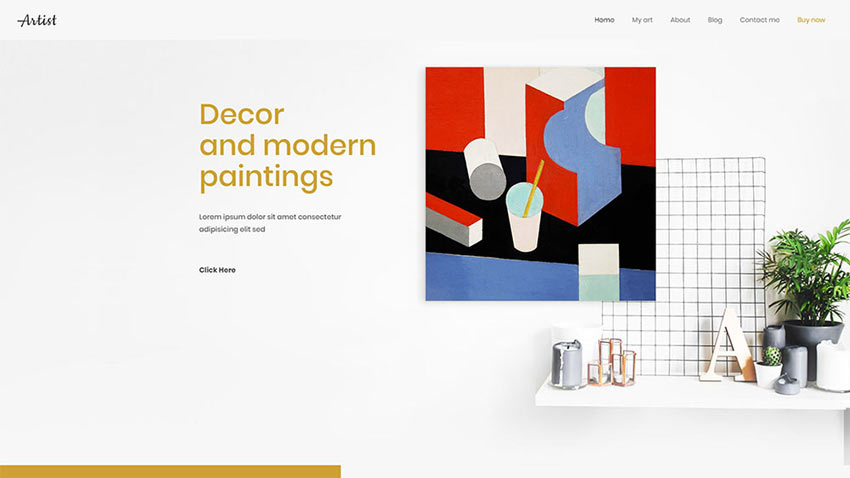
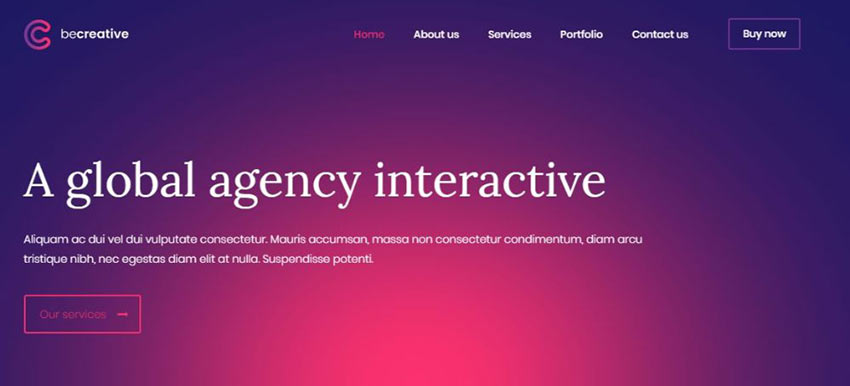
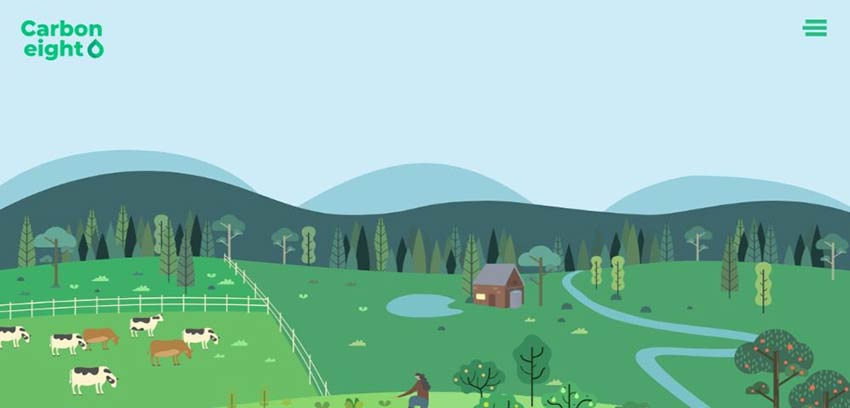


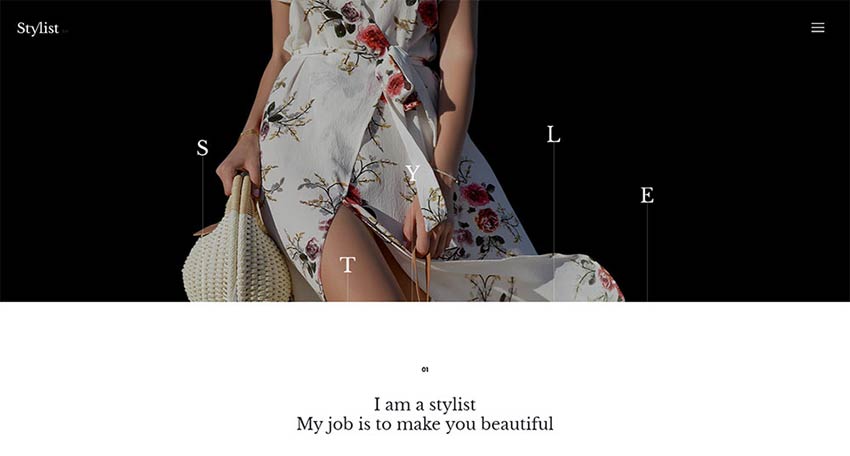
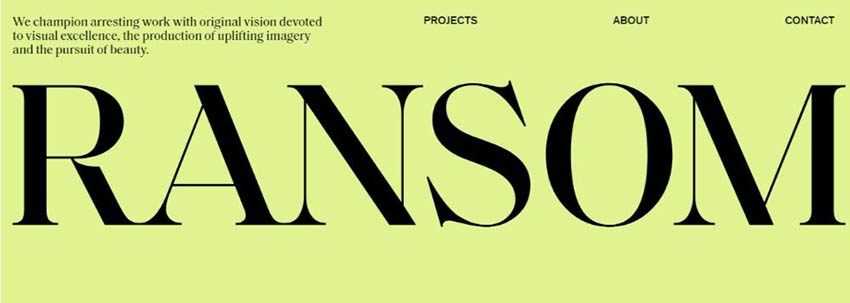

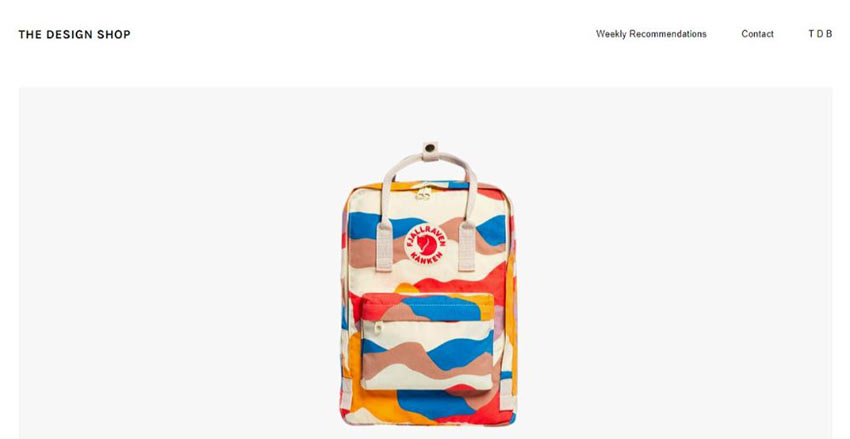

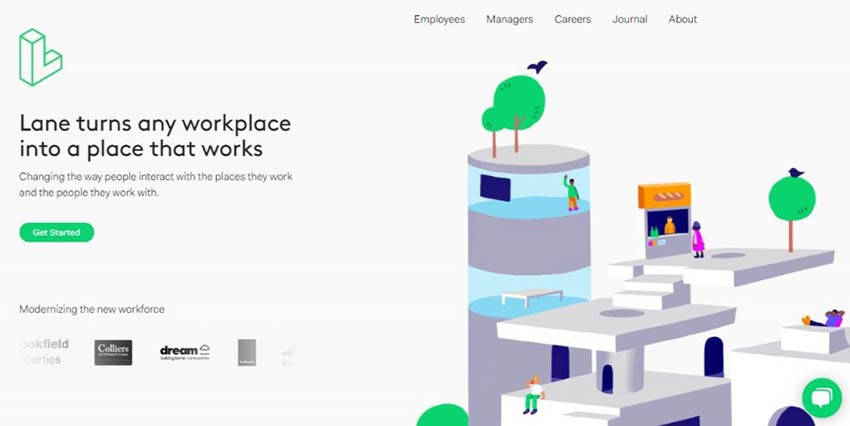
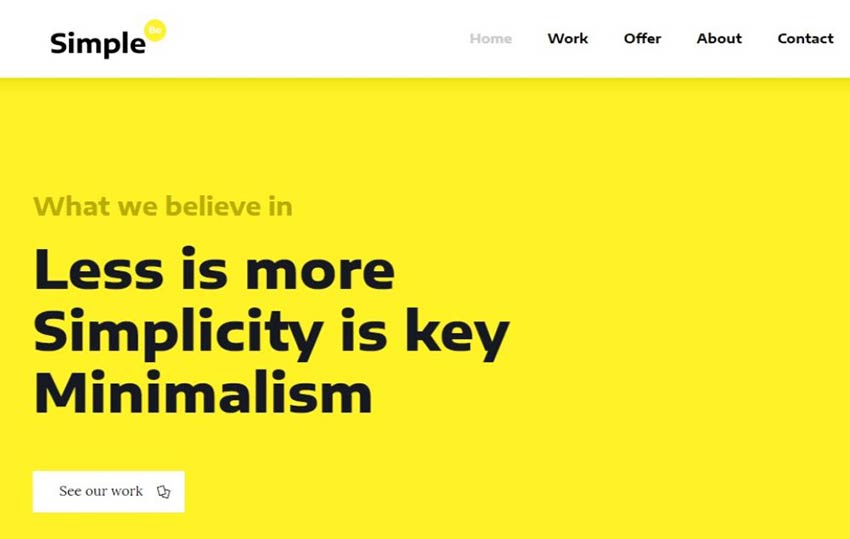
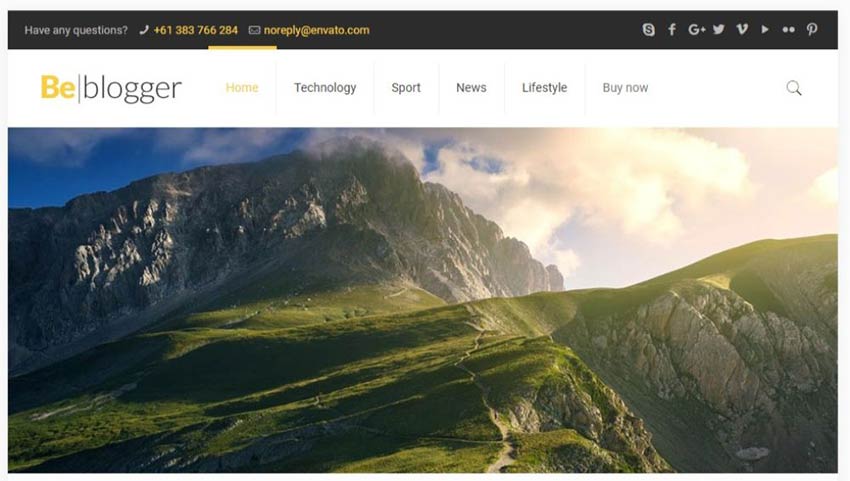
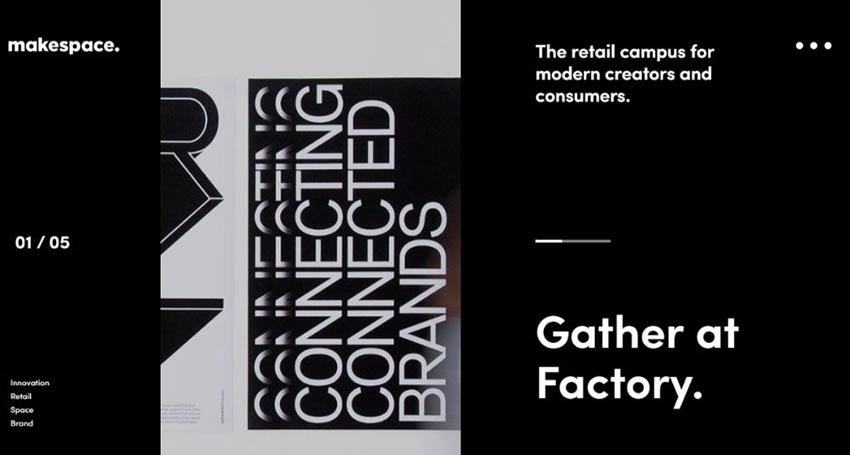
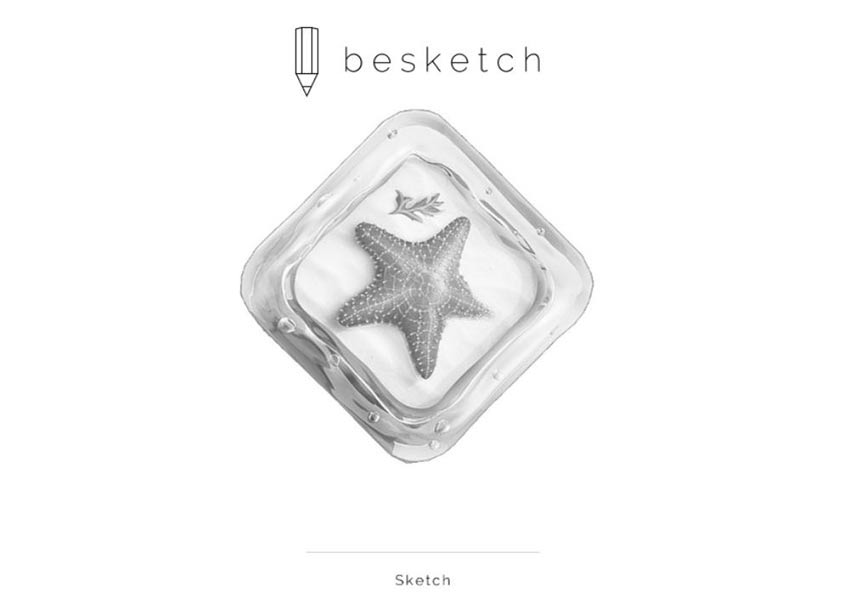

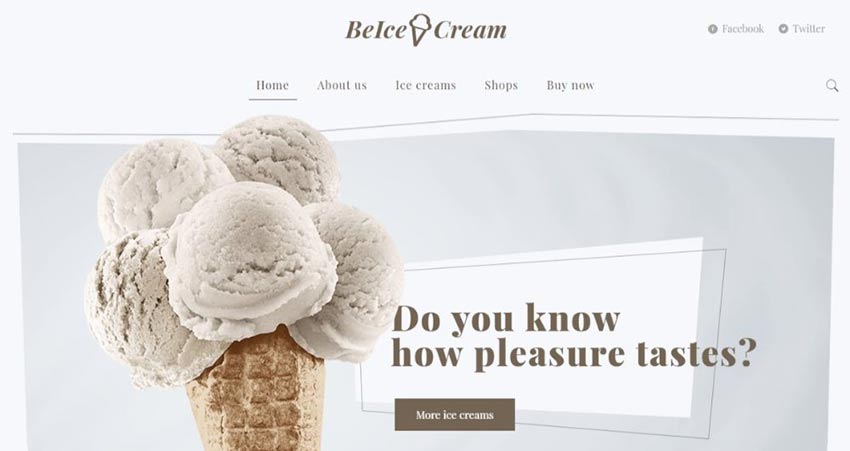
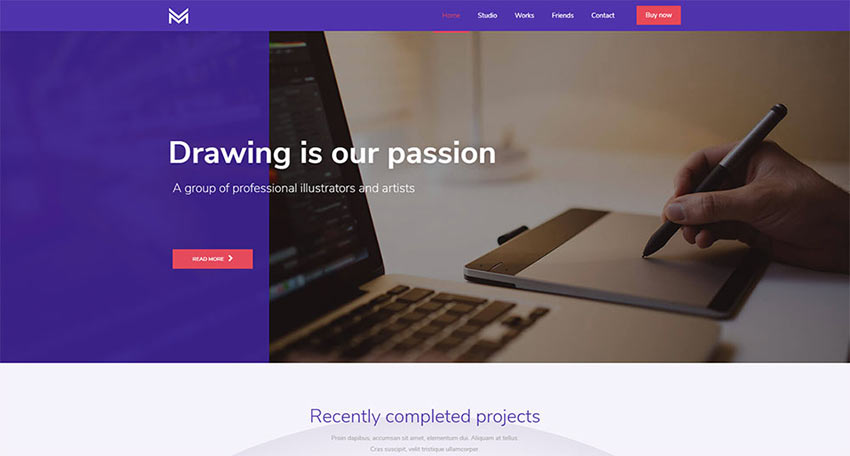

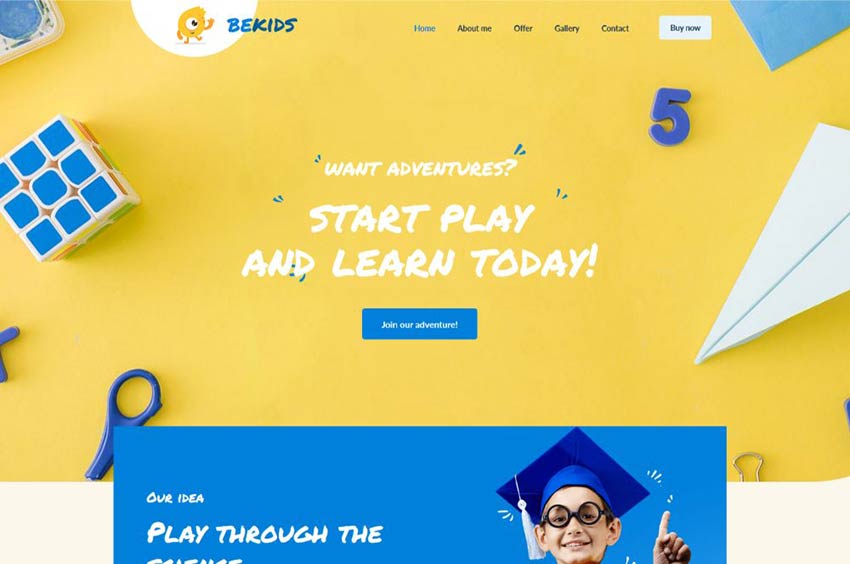

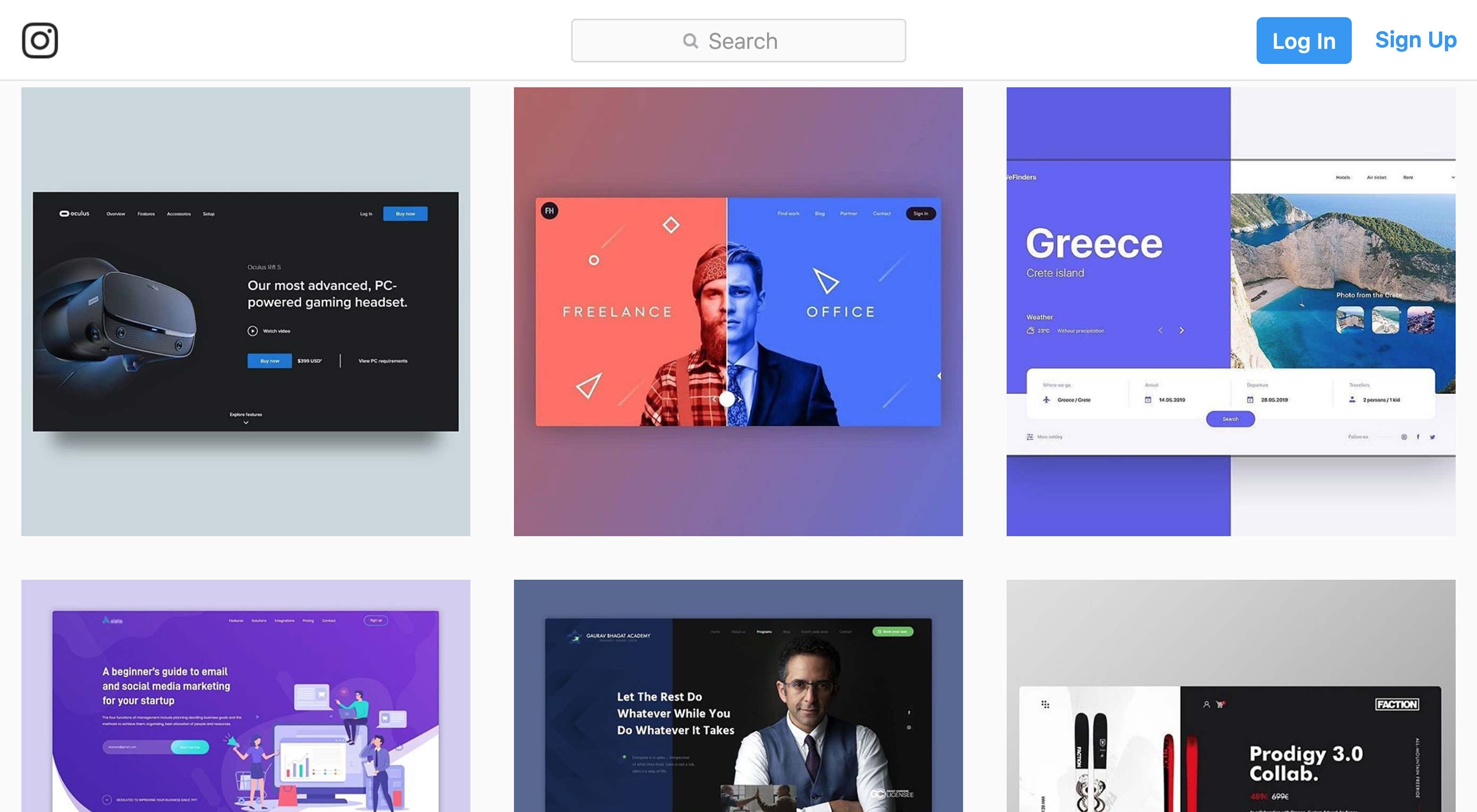 Thankfully, you no longer have to rely on a resume to try to communicate how talented you are to others.
Thankfully, you no longer have to rely on a resume to try to communicate how talented you are to others.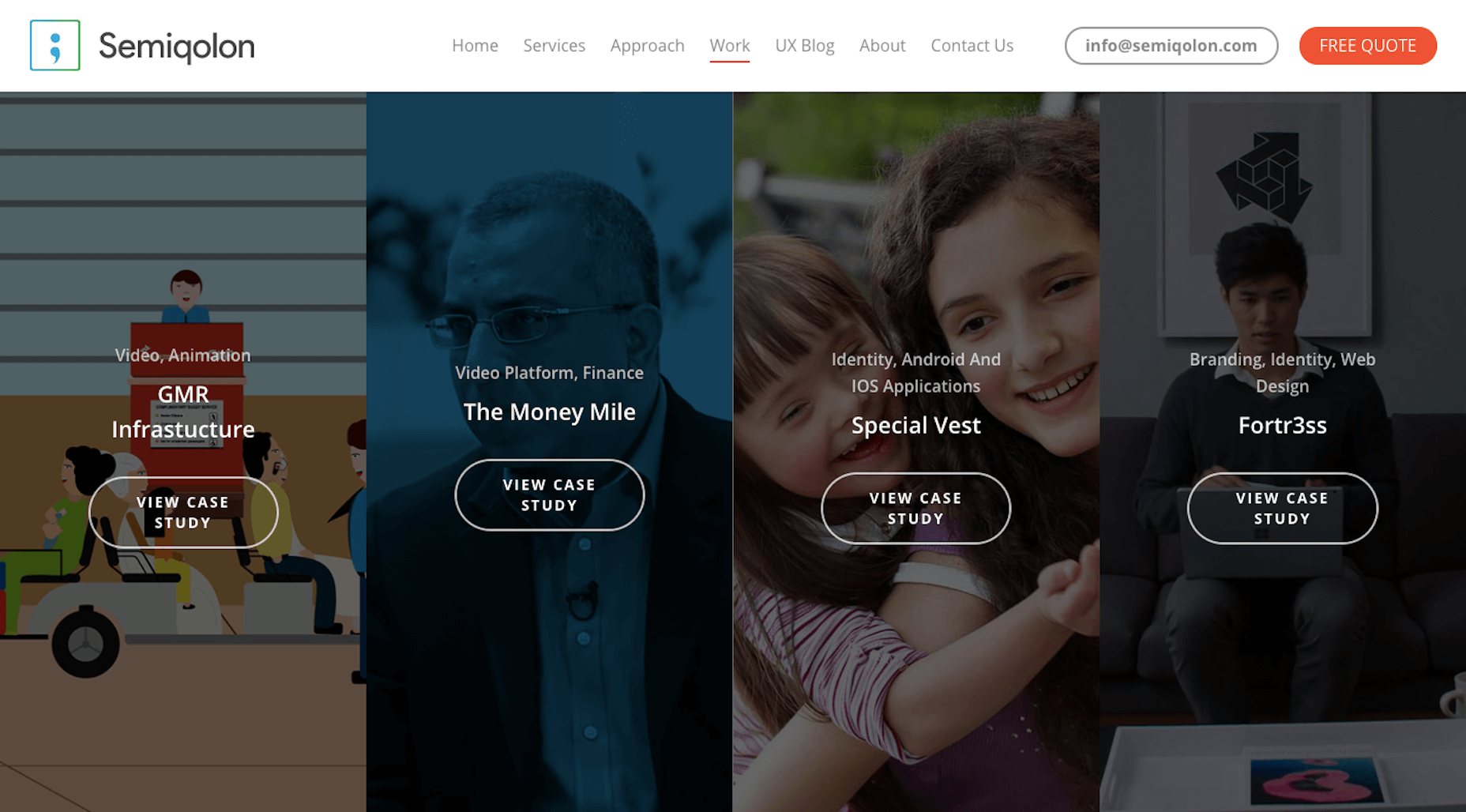
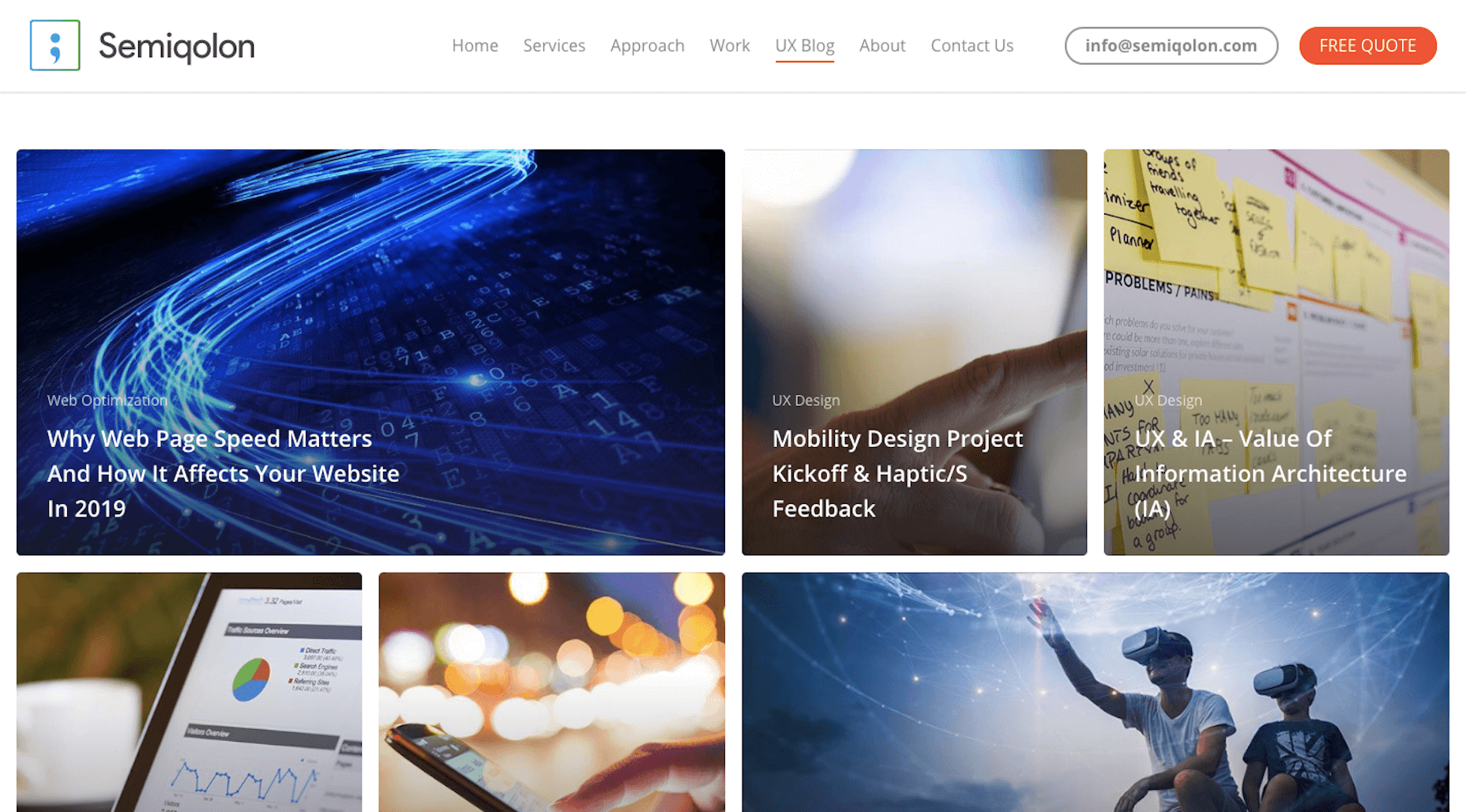
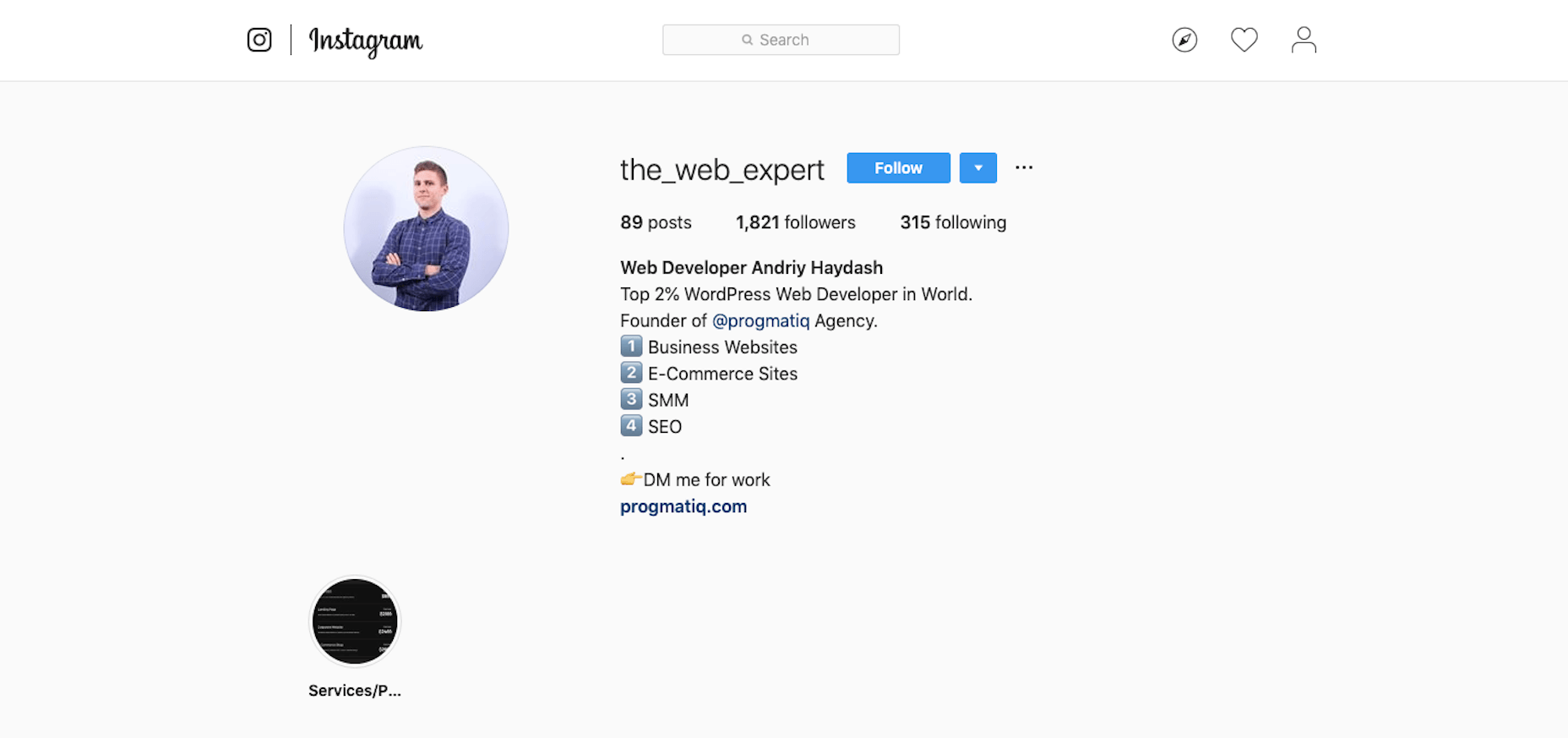
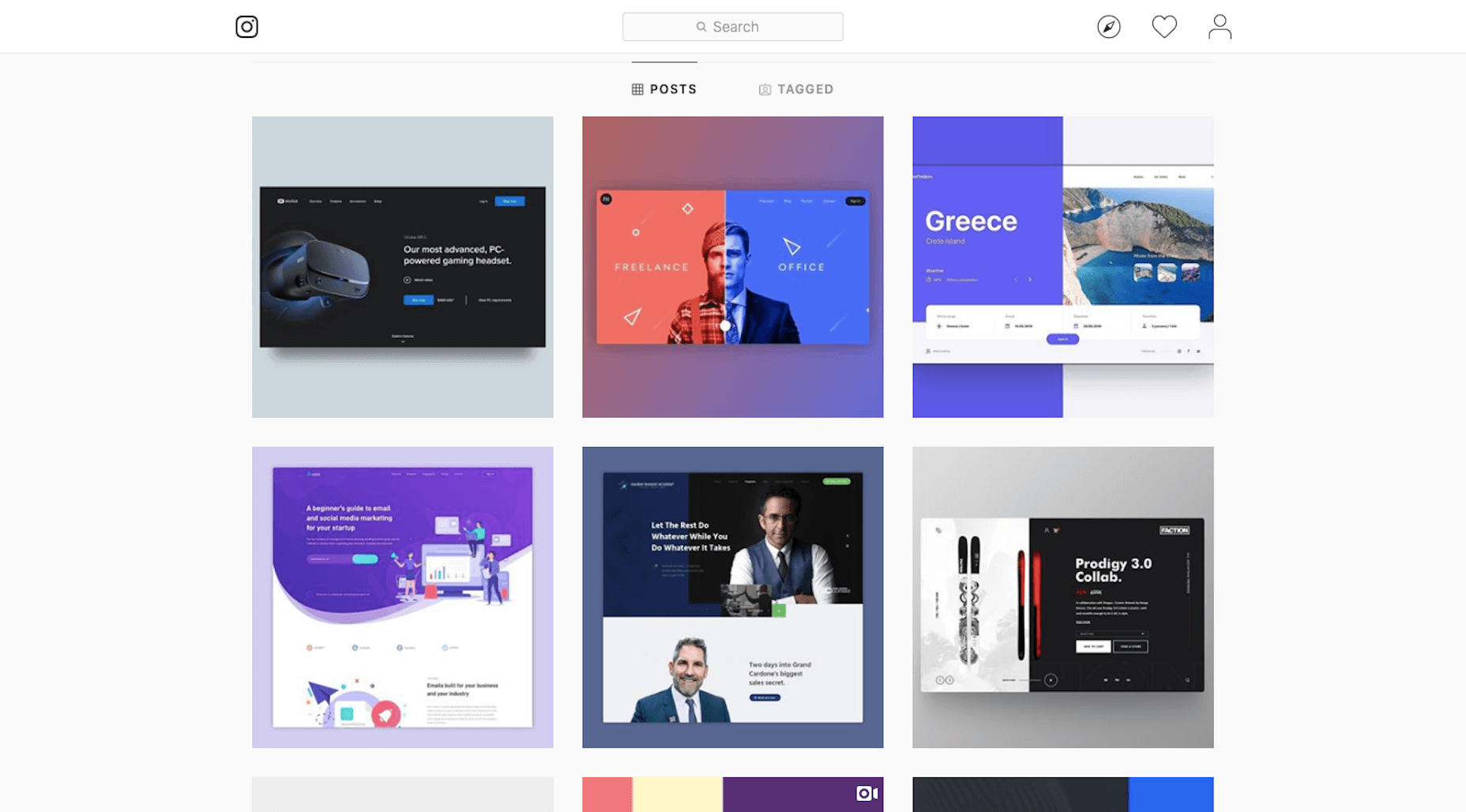
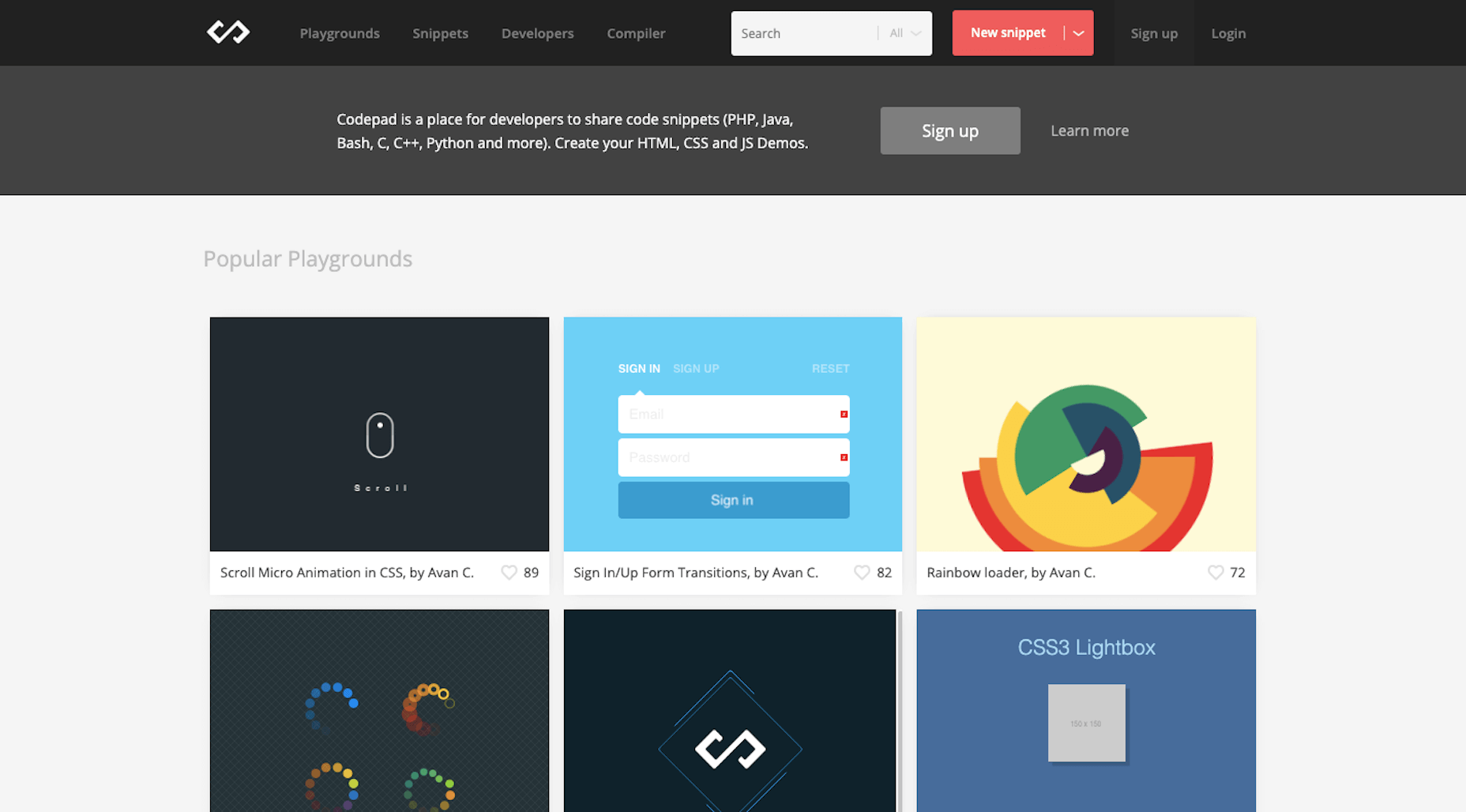
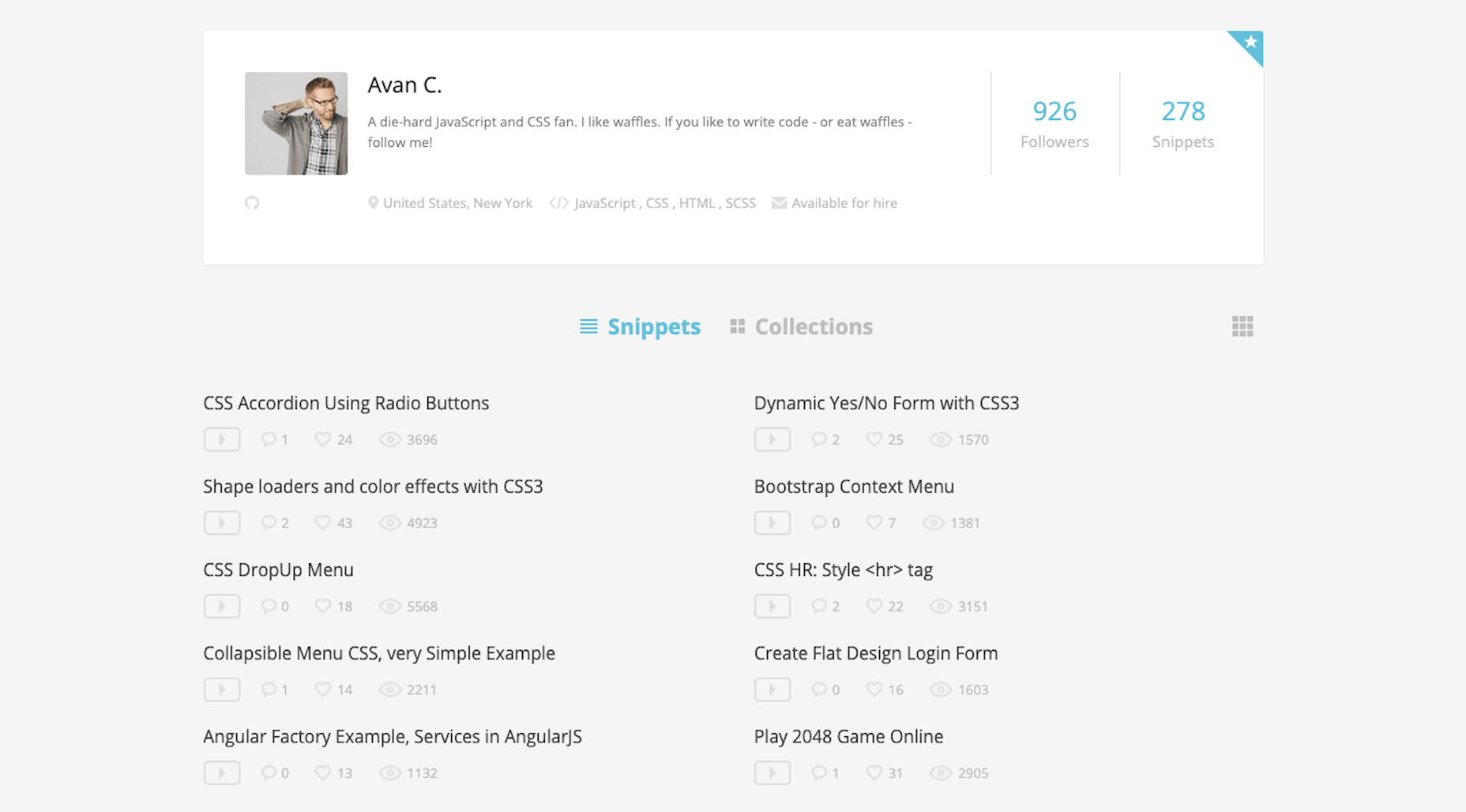
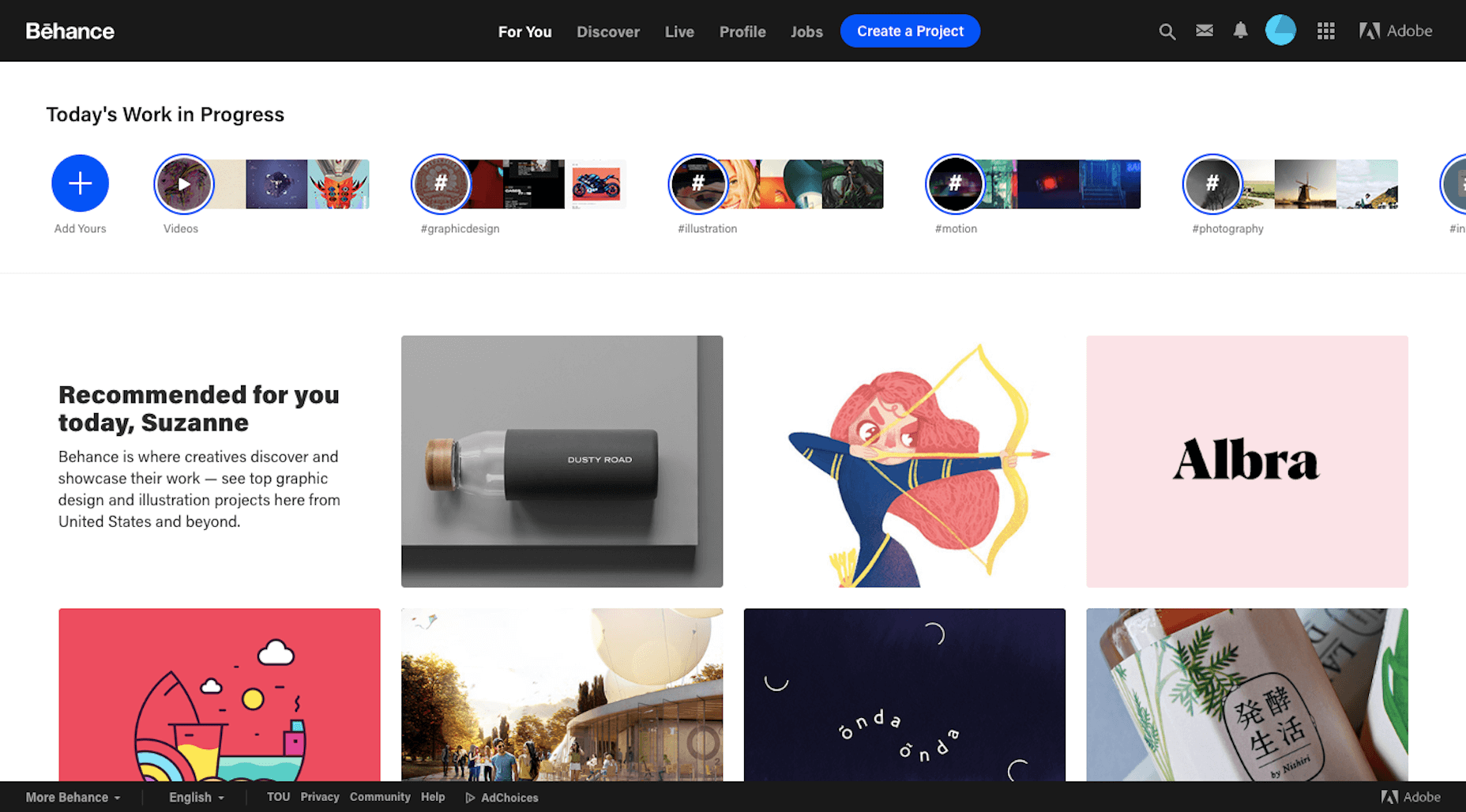
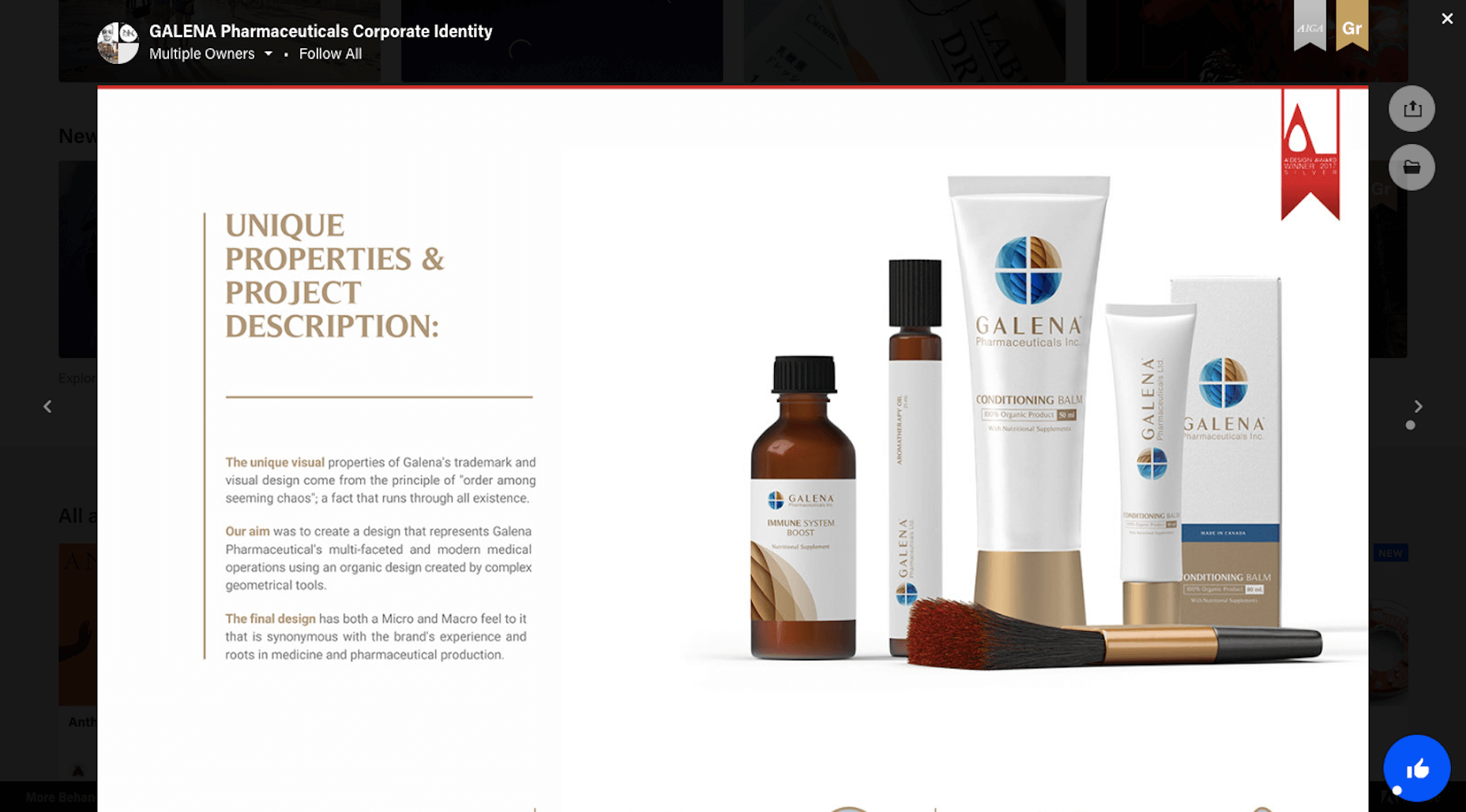
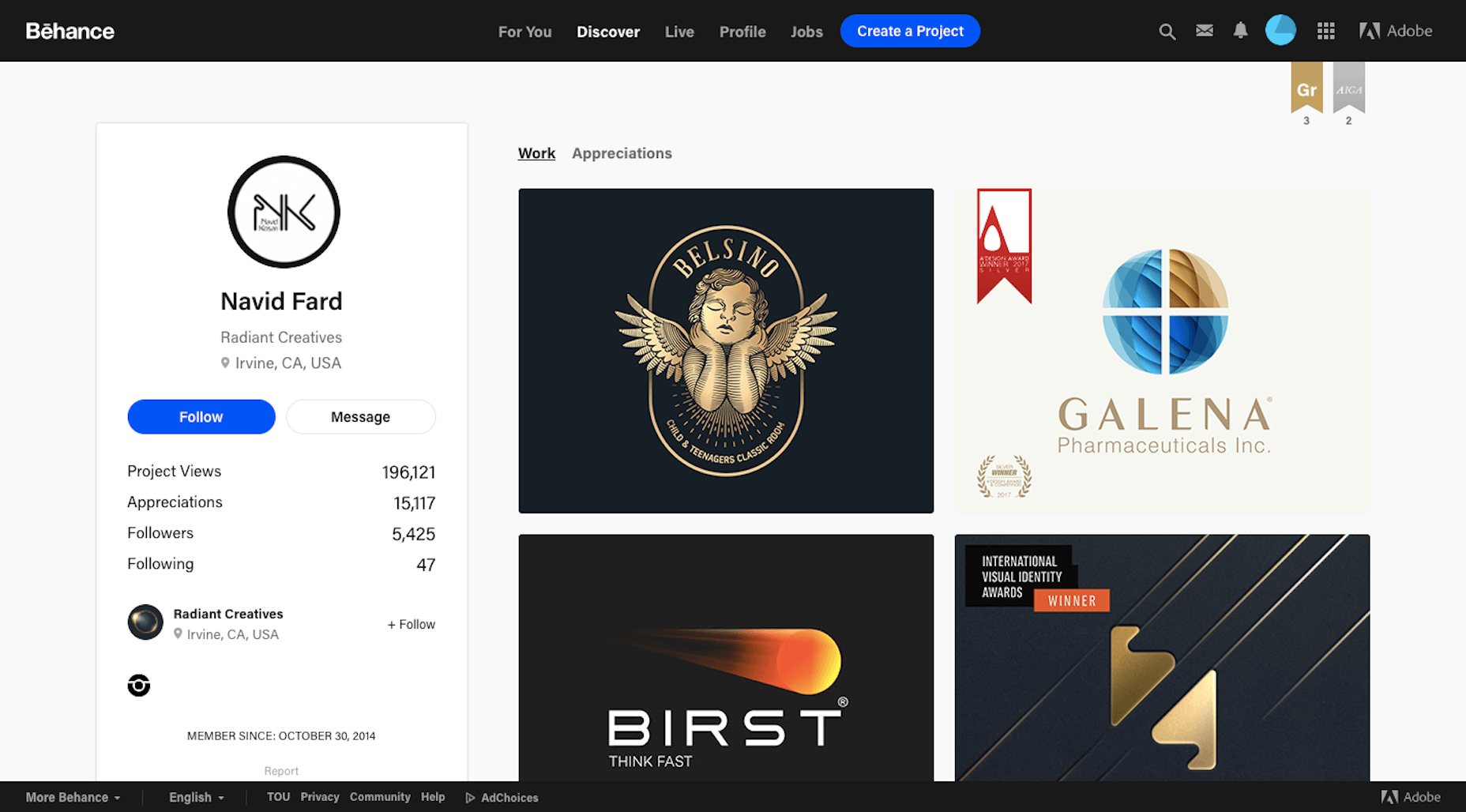
 The link to our submission guide on our Contact Us page.
The link to our submission guide on our Contact Us page.
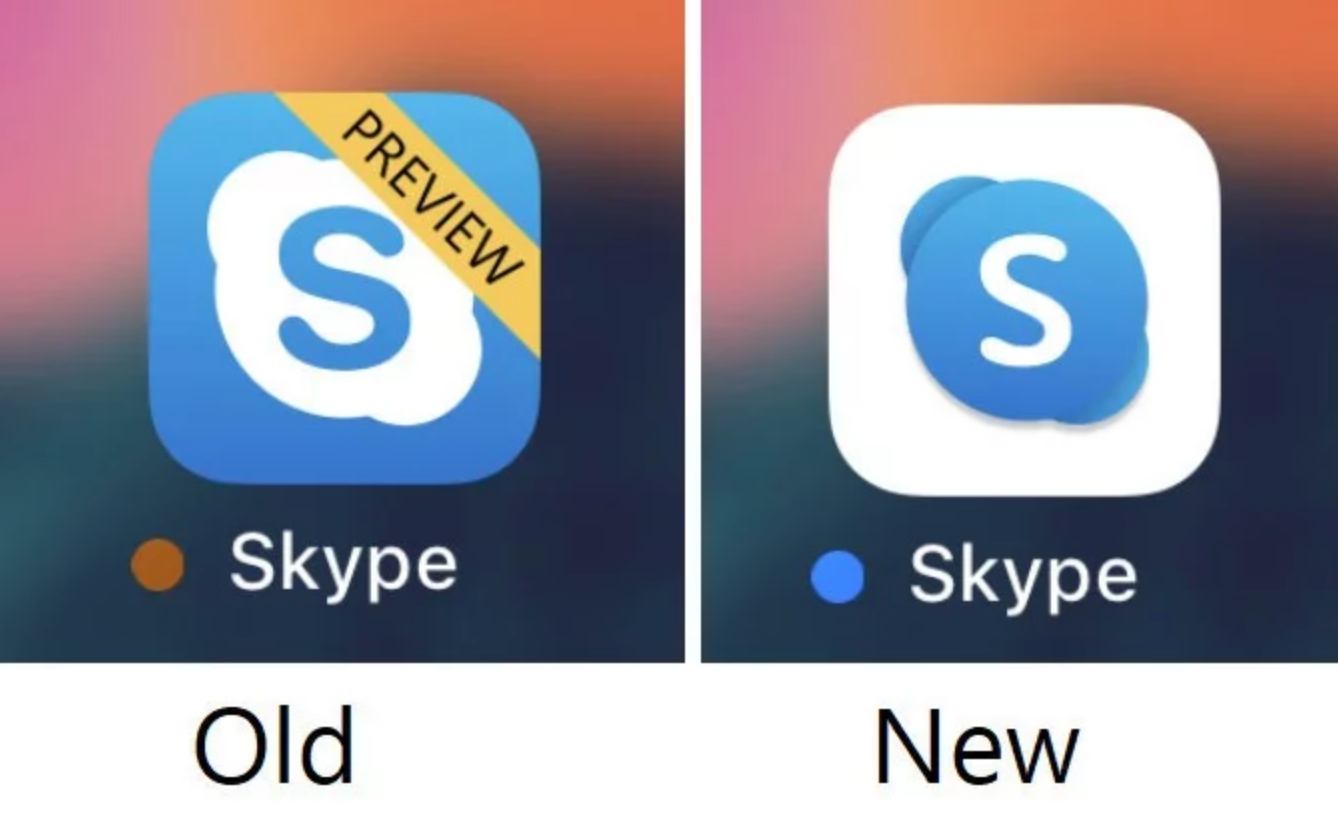

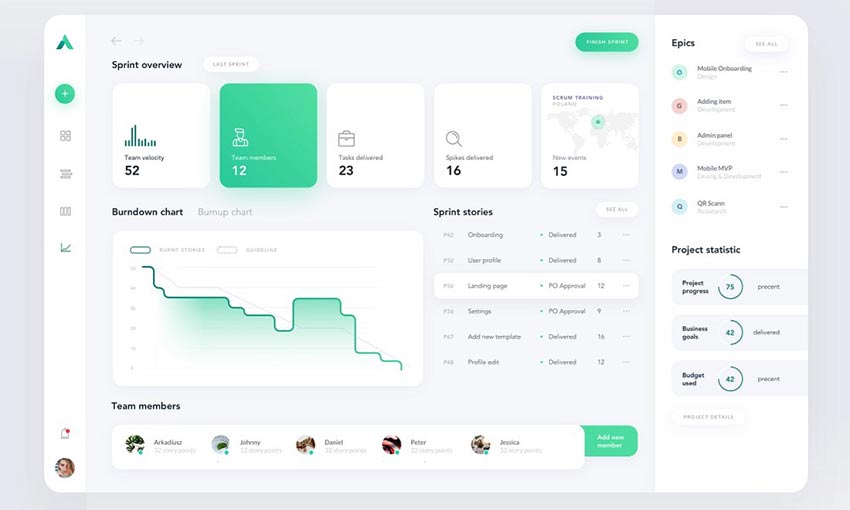
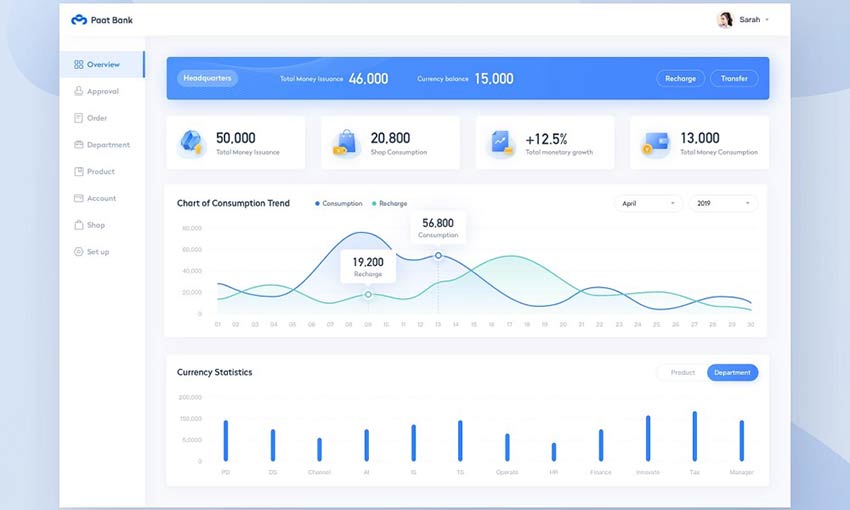

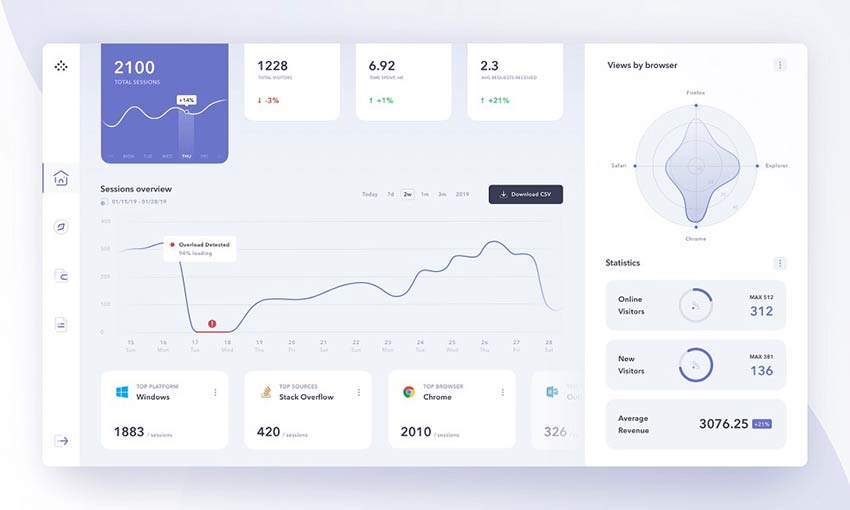
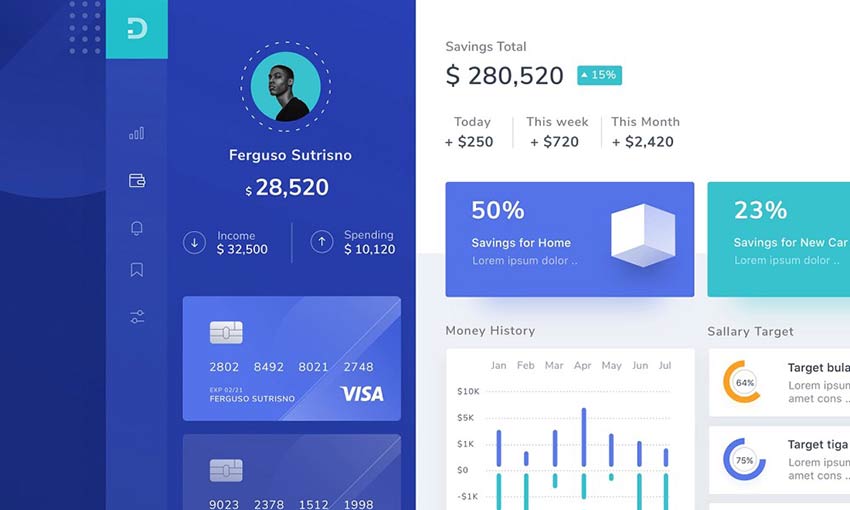
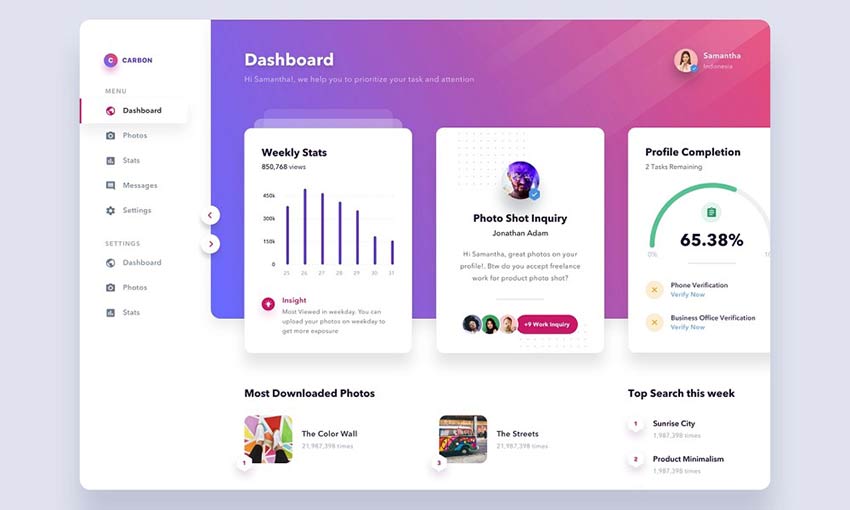
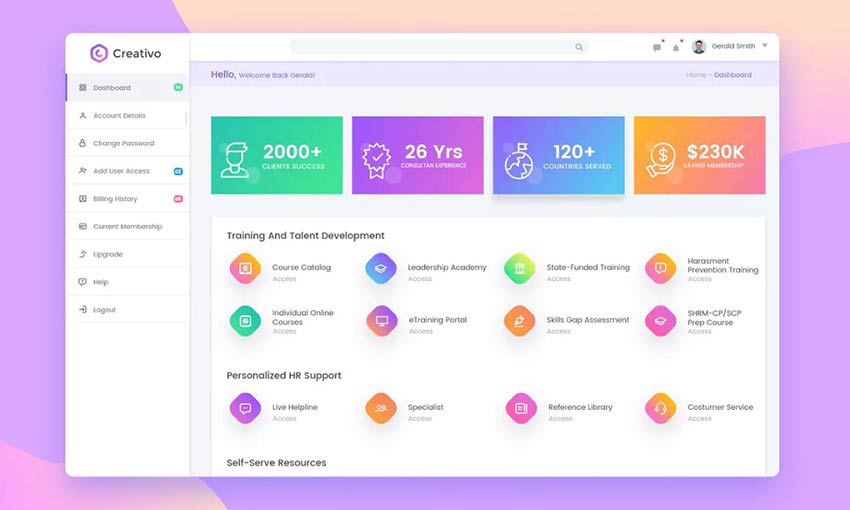
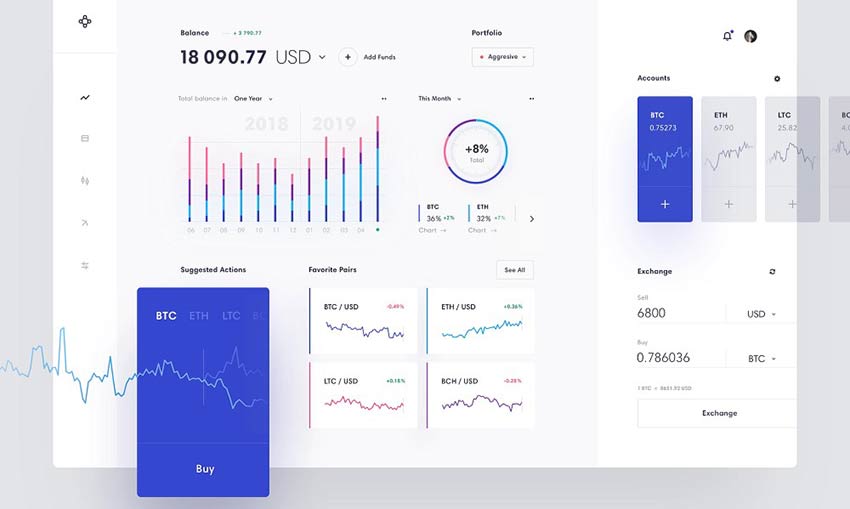
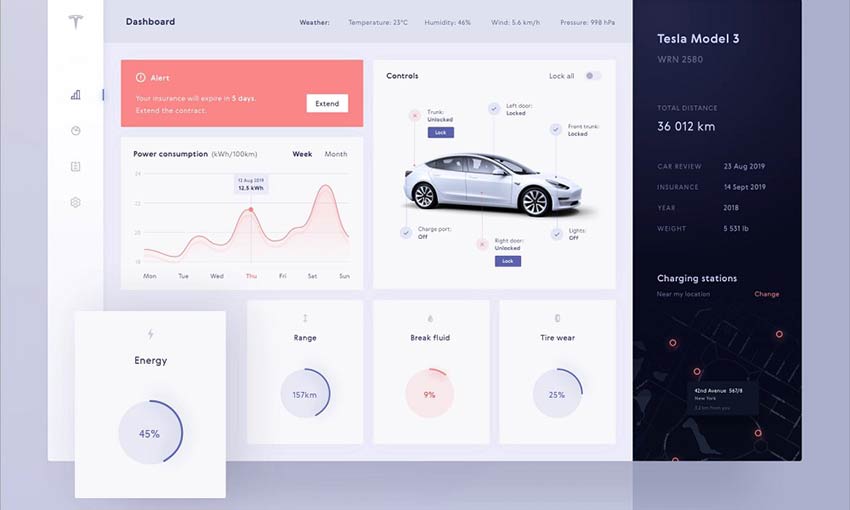
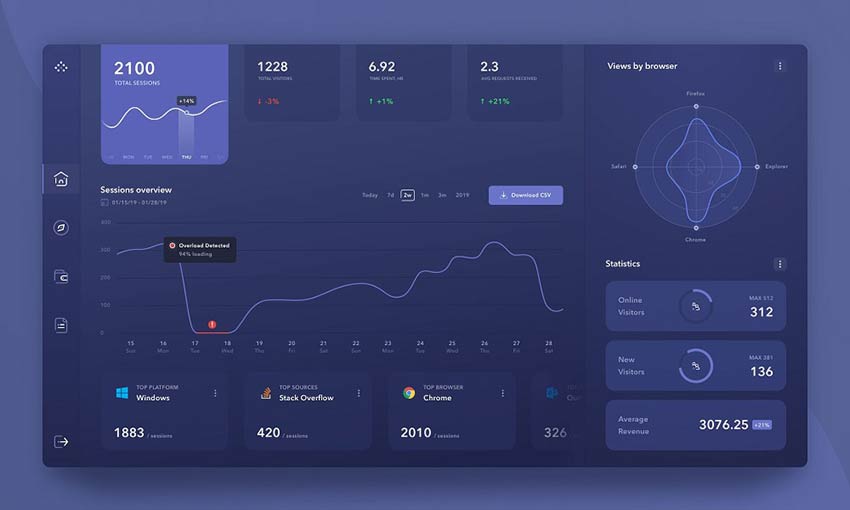
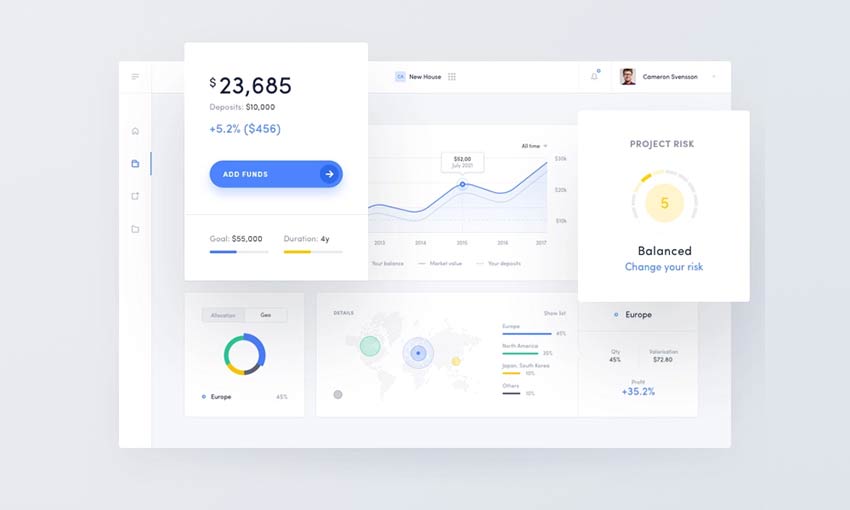
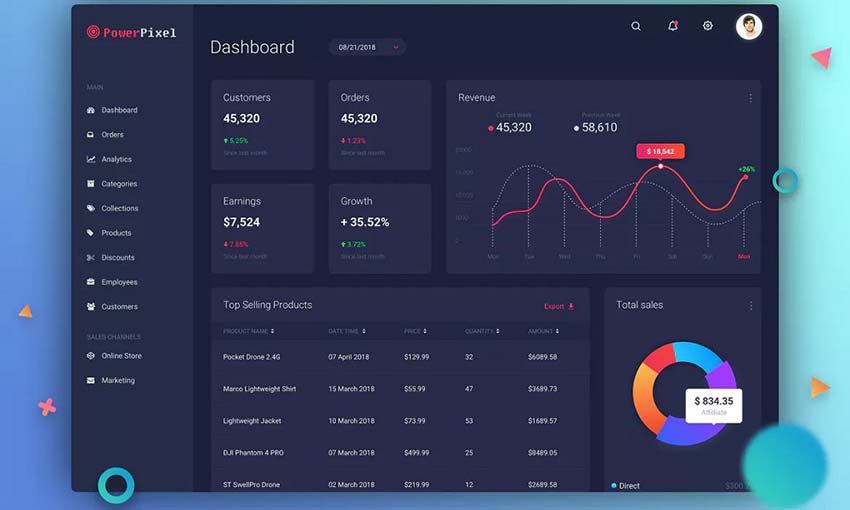






























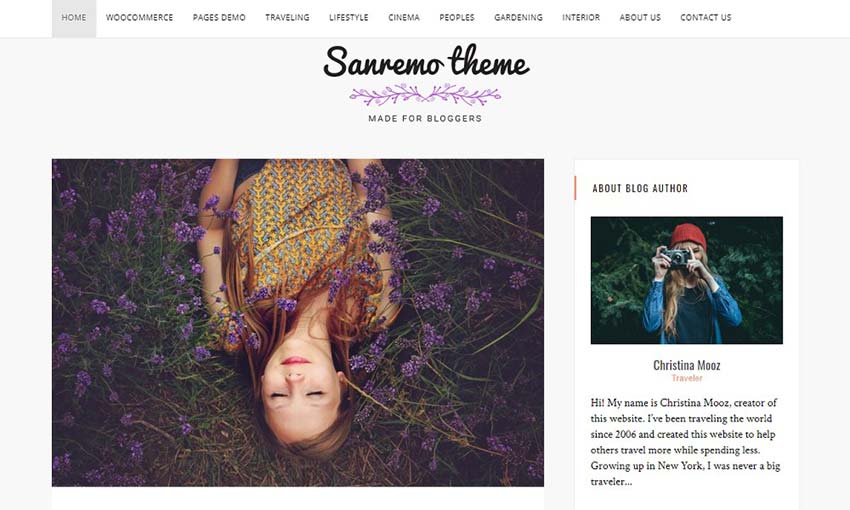
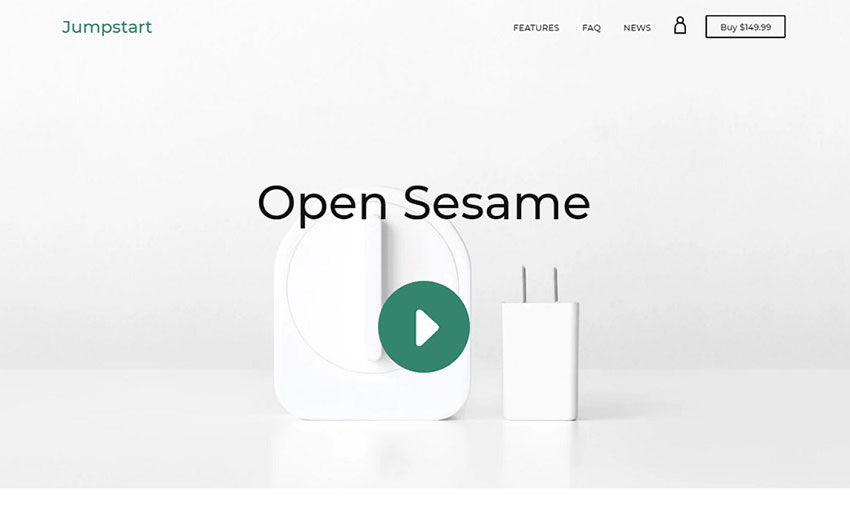
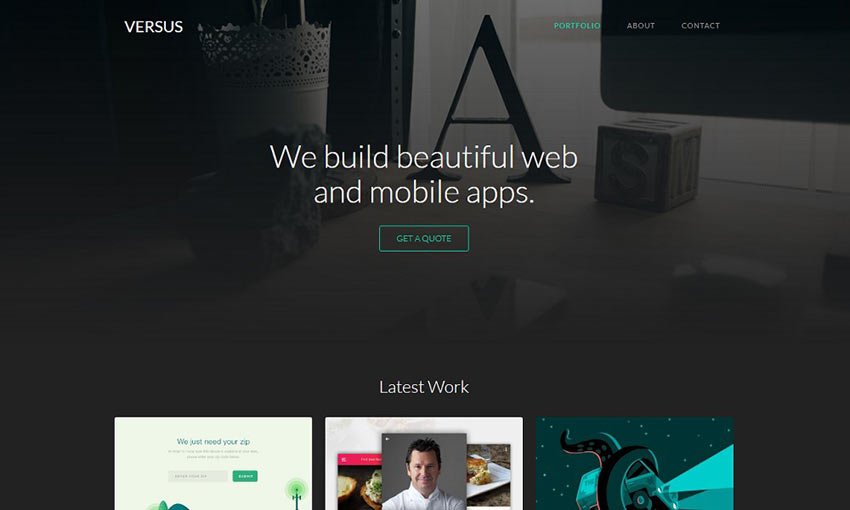
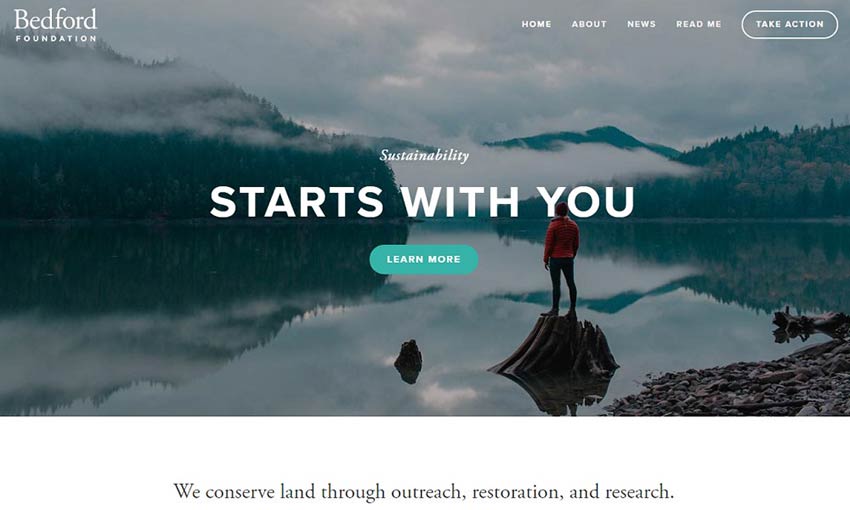
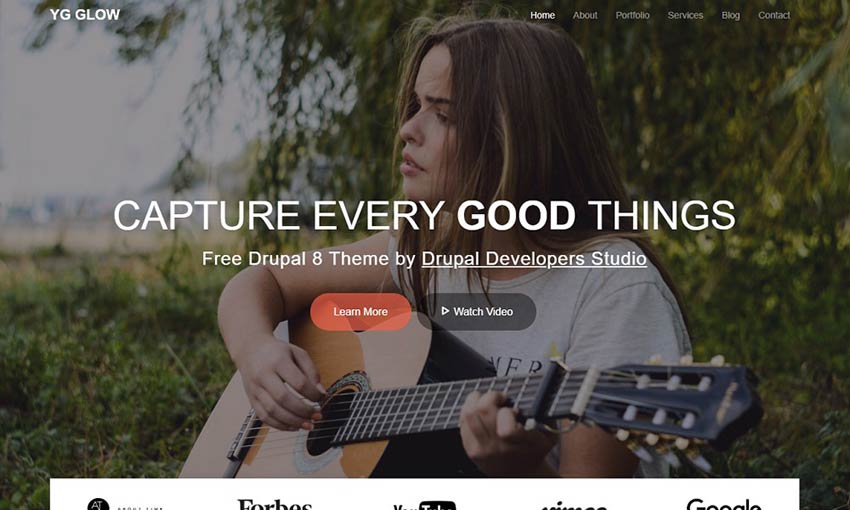

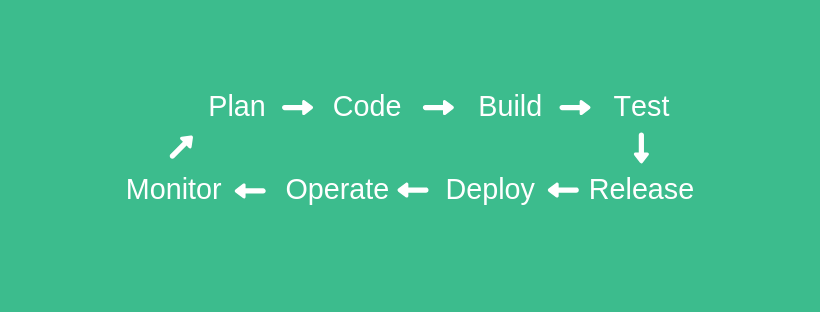
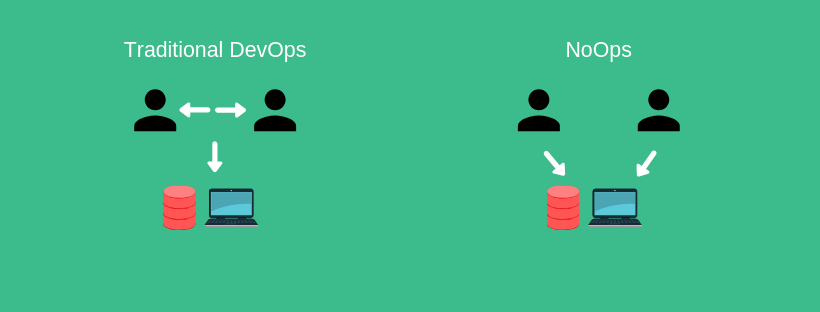














 Image courtesy by Kris Provoost
Image courtesy by Kris Provoost
